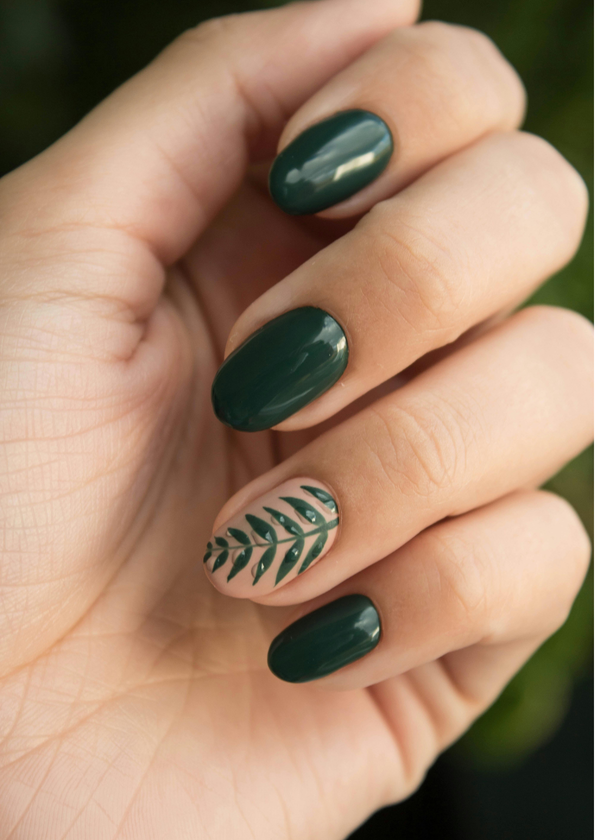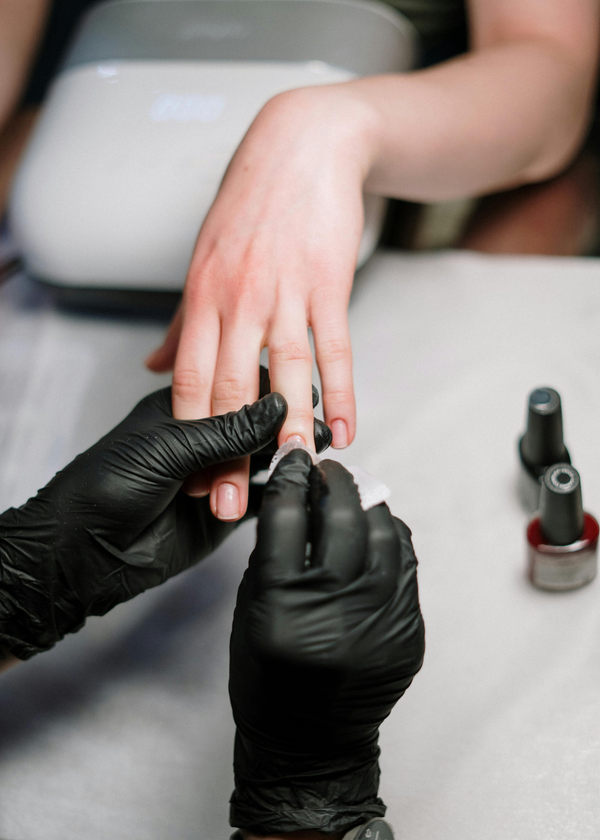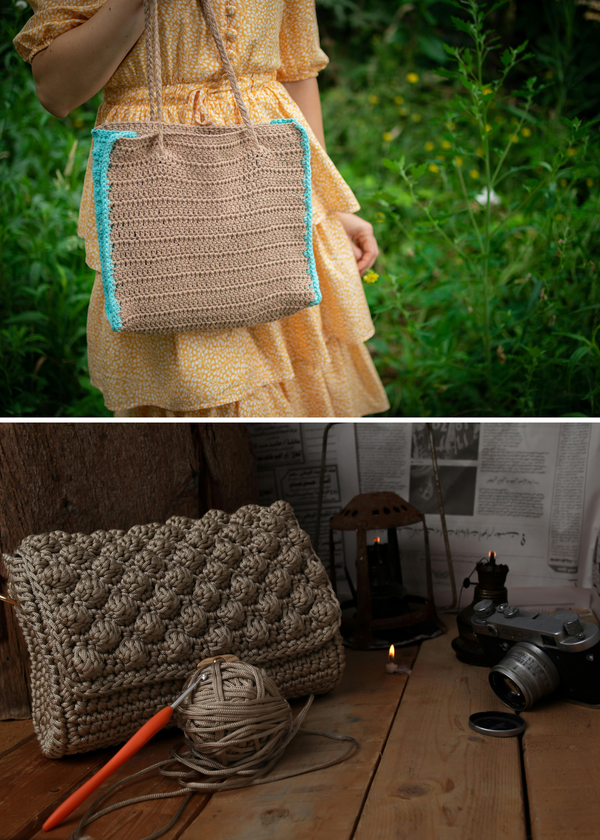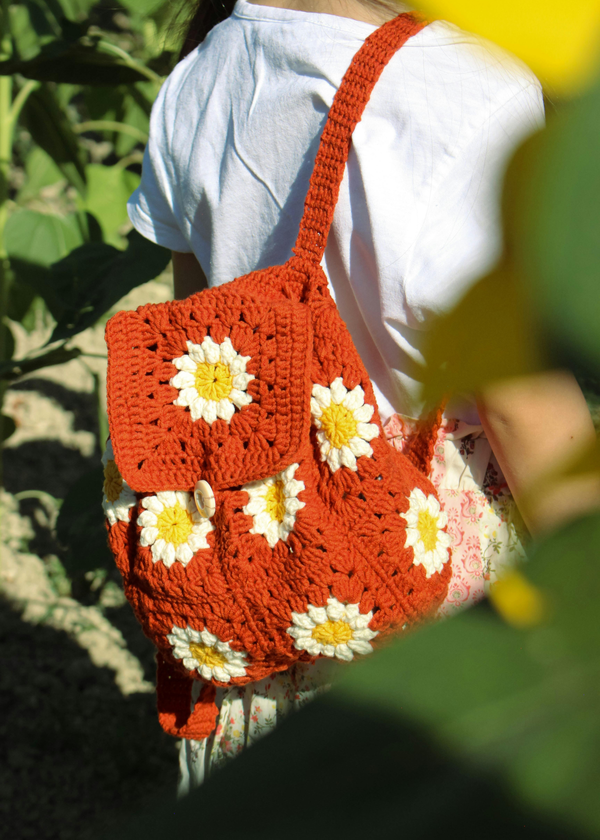French manicures, with their elegant white tips and pink bases, have graced the hands of women worldwide, offering a polished and professional look that seems to never go out of style. But the burning question remains: do French nails last? This article dives deep into the longevity of French manicures, exploring various types from the classic to modern twists like gel and dip powder versions.
What Determines the Longevity of French Manicures?
The classic French manicure, known for its natural pink base and dense white tip, has evolved significantly with the introduction of materials like gel polish and dip powder. The type of manicure you choose plays a pivotal role in how long your French nails will maintain their pristine condition.
A regular French manicure using regular nail polish is typically the least durable option, often requiring a touch-up within a few days to a week. On the other hand, a gel French manicure, cured under a UV lamp, offers a more durable finish that can last up to two weeks without chipping. Dip powder nails, known for their robustness, can extend even further, often lasting up to a month with proper care.
The Role of Application Techniques
The skill of the nail technician and the application method are crucial in determining how long a French manicure will last. Imperfect application can lead to early chipping and peeling, shortening the lifespan of the manicure. For instance, if the gel polish is not cured properly under UV light, it might not set correctly, leading to premature wear.
Moreover, the preparation of the natural nails before applying any polish—be it gel, regular, or dip powder—is essential. Nails should be clean, dry, and free of any oils. A base coat is applied to protect the nail, followed by the polish, and sealed with a top coat to maximize durability.
The Evolution of French Manicure: From Classic to Contemporary
The French manicure, a design that whispers elegance with its pinky tone clear base and stark white tips, has evolved significantly since its inception. Originally developed by Jeff Pink in the late 1970s to simplify the myriad of nail colors actresses wore, this style has transcended decades. Today, it's not just about the traditional look; modern twists include incorporating metallic stripes or glitter that aligns perfectly with both casual brunches and formal gatherings. This adaptability keeps the French manicure relevant in a fashion landscape that is constantly shifting, proving that some styles never truly fade.
While the classic French manicure remains popular, nail artists are continuously experimenting to keep the style fresh and exciting. Techniques such as the "reverse French," where the crescent is colored at the base of the nail, or using colored tips instead of the conventional white, are gaining traction. These innovations cater to a diverse clientele—from those who adore the vintage charm to trendsetters who embrace the avant-garde. Each variation not only respects the essence of the original design but also invites personal expression, making each manicure as unique as its wearer.
The Basic Difference Between French and American Nails
Have you ever found yourself at a nail salon, torn between choosing French or American nails? The basic difference lies in the subtleties of style. French manicures are typically achieved with a stark white tip over a pink nail base, creating a look that's both refined and professional. On the other hand, American nails opt for a more blended, natural appearance, using a white tip that's painted with a touch of beige or off-white over a similar base, resulting in a less contrasting, understated elegance.
While French tip manicures create a bold statement, American nails are often praised for their natural appeal. This choice can reflect one's personal style or the requirements of an occasion. For instance, while French nails gel well with both formal wear and casual outfits, American nails are perfect if you're aiming for a seamlessly polished look without the stark contrasts. Understanding these nuances can help you communicate your preferences more effectively with your nail artist, ensuring your finished nails are exactly as you envisioned.
Longevity of French Manicure: How Long Does a French Manicure Last?
When considering how long a French manicure should last, several factors come into play. Ideally, with proper care, a gel French manicure can last up to three weeks, while an acrylic manicure might show wear after two weeks. The longevity largely depends on the application technique used by the nail tech and the aftercare regimen followed by the wearer. For instance, using a top-quality clear polish can significantly extend the life of the manicure.
Moreover, the durability of French nails can be a testament to the expertise of the nail salon. A well-applied French manicure using gel or acrylic should not only look flawless but also withstand the rigors of daily life without chipping or peeling prematurely. Regular maintenance, like using a cotton ball soaked in oil to hydrate the cuticles and nails, can also play a crucial role in prolonging the elegance of your French nails. This attention to detail ensures that your investment in a manicure it should last, providing value both aesthetically and financially.
Choosing Between Gel, Acrylic, and Hard Gel for Your French Manicure
Deciding on the type of manicure can be like choosing the right tool for a job. Gel nails, known for their durability and gloss, offer a splendid option for those who wish their French manicure to last without frequent salon visits. The gel is typically cured under UV light, creating a hard layer that resists chips and scratches, making it a favorite for busy bees. On the other hand, acrylic manicures involve a mixture of liquid monomer and powder polymer that creates a hard protective layer, ideal for extending short nails or achieving dramatic shapes.
Hard gel takes the benefits of gel manicures up a notch. Unlike regular gel, hard gel is strong enough to build nail extensions. It's a boon for those who have brittle nails but still long for the elegance of long, beautifully manicured tips. Each type has its own set of advantages, depending on how much maintenance one is willing to undertake and the natural health of their nails. Whether you opt for a gel, acrylic, or hard gel French manicure, each method ensures your nails not only look polished but are also better protected.
Gel vs. Regular vs. Dip Powder: A Comparative Look
When deciding between a gel French manicure, a regular one, or a dip powder manicure, personal preference and lifestyle should guide your choice. Gel manicures offer a balance between durability and ease of removal, suitable for those who prefer a semi-permanent option that resists daily wear and tear.
Regular French manicures, while less durable, are easier to apply and remove at home, making them ideal for those who enjoy frequently changing their nail style. Dip powder manicures, although requiring a bit more precision during application, provide the longest-lasting results, making them perfect for extended wear without the need for frequent salon visits.
Maintenance Tips for Prolonged Elegance
Maintaining French manicures involves regular care to prevent lifting, chipping, and growth that can disrupt the manicure’s appearance. Using cuticle oil can help keep the nails and surrounding skin moisturized, which is essential for maintaining the adhesion of nail products. Additionally, wearing gloves while doing household chores can protect your manicured nails from harsh chemicals and physical damage.
Avoiding harsh activities that directly impact the nail tips will also help extend the life of your French manicure. Simple actions like using tools instead of your nails to open cans or packages can make a significant difference.
Modern Variations and Trends
The world of French manicures continues to evolve with current trends introducing variations that include colored tips instead of the traditional white, or incorporating glitter and metallic finishes. These modern twists not only add a contemporary flair but can also influence the longevity of the manicure depending on the materials used.
FAQs
Q: How long does a gel French manicure typically last?
A: A gel French manicure can last up to two weeks without chipping, provided it is applied correctly and cared for properly.
Q: Is a dip powder manicure more durable than a gel French manicure?
A: Yes, dip powder manicures are generally more durable than gel French manicures, often lasting up to a month with proper application and maintenance.
Q: Can I extend the life of my regular French manicure?
A: Yes, applying a top coat every few days can help extend the life of a regular French manicure, along with avoiding harsh chemicals and physical impacts to the nails.
Summary
French manicures, whether traditional or with a modern twist, can provide a lasting beauty enhancement to your hands. The key to longevity lies in choosing the right type of manicure to suit your lifestyle, ensuring professional application, and committing to regular maintenance. With these factors in check, your French nails can embody timeless elegance for weeks on end.








